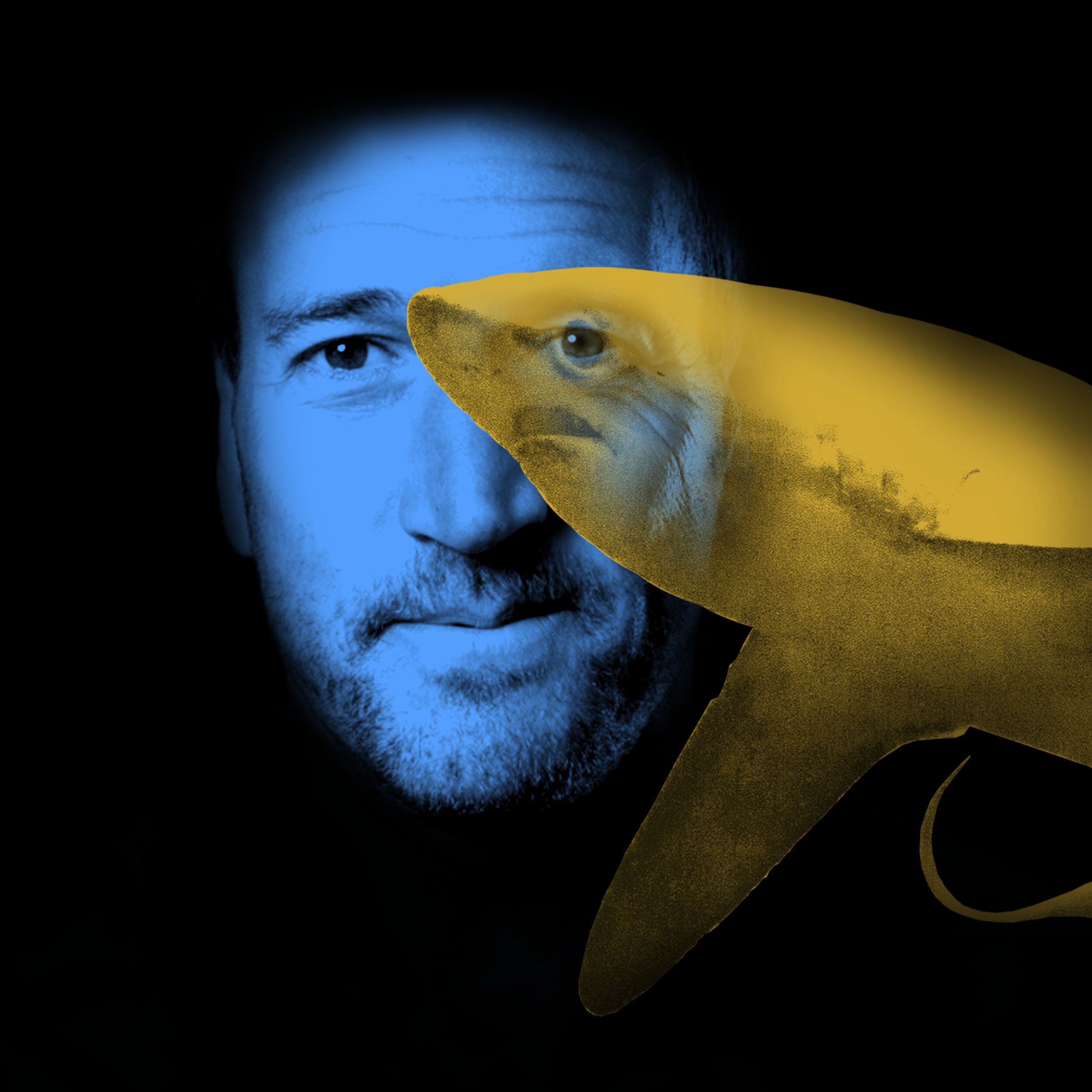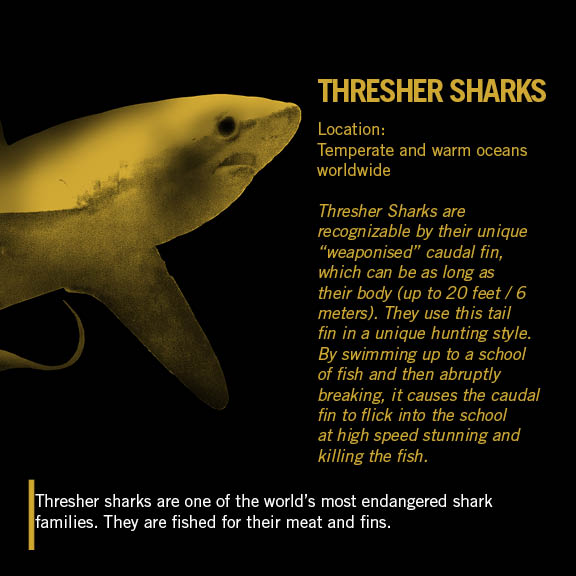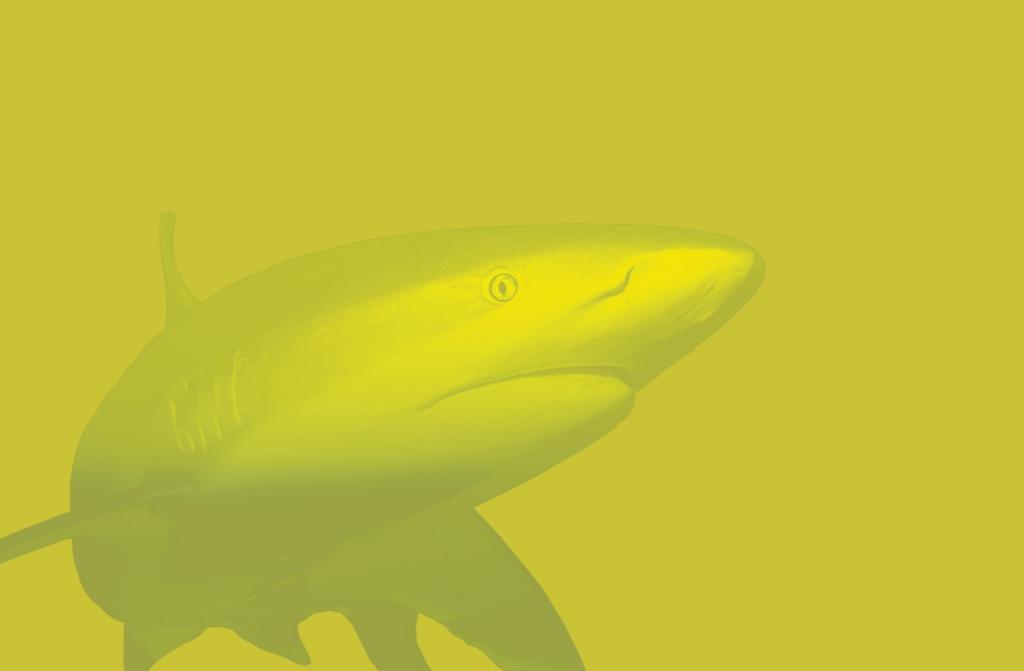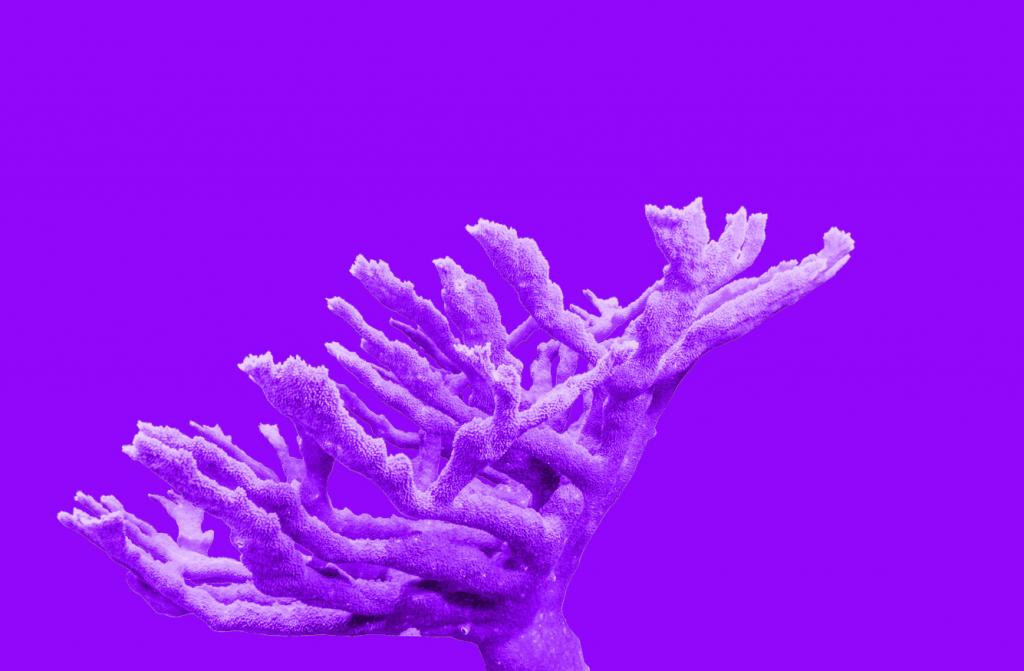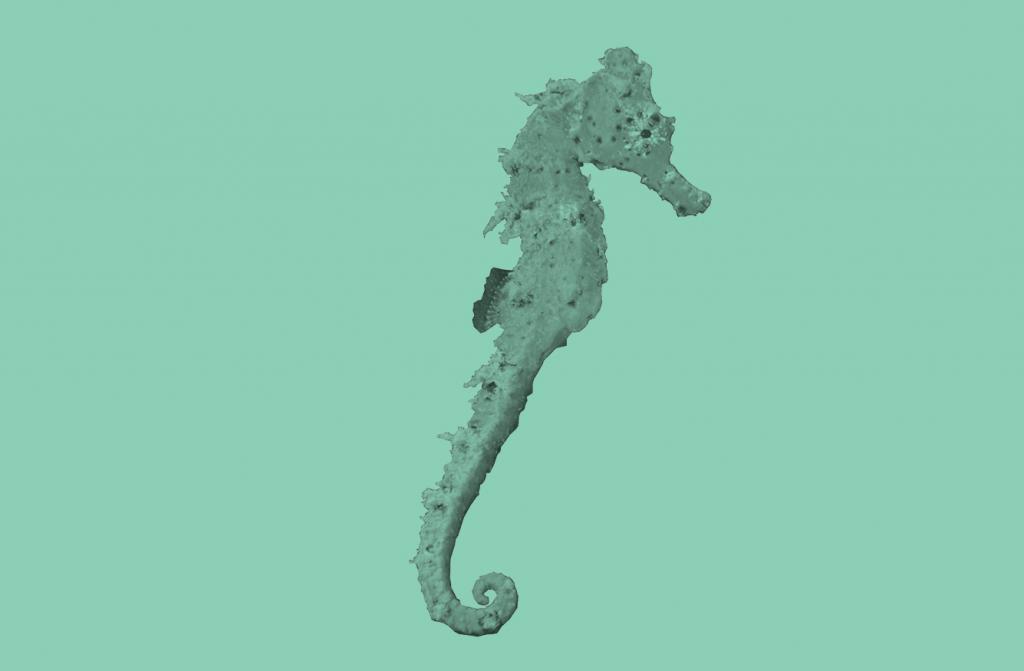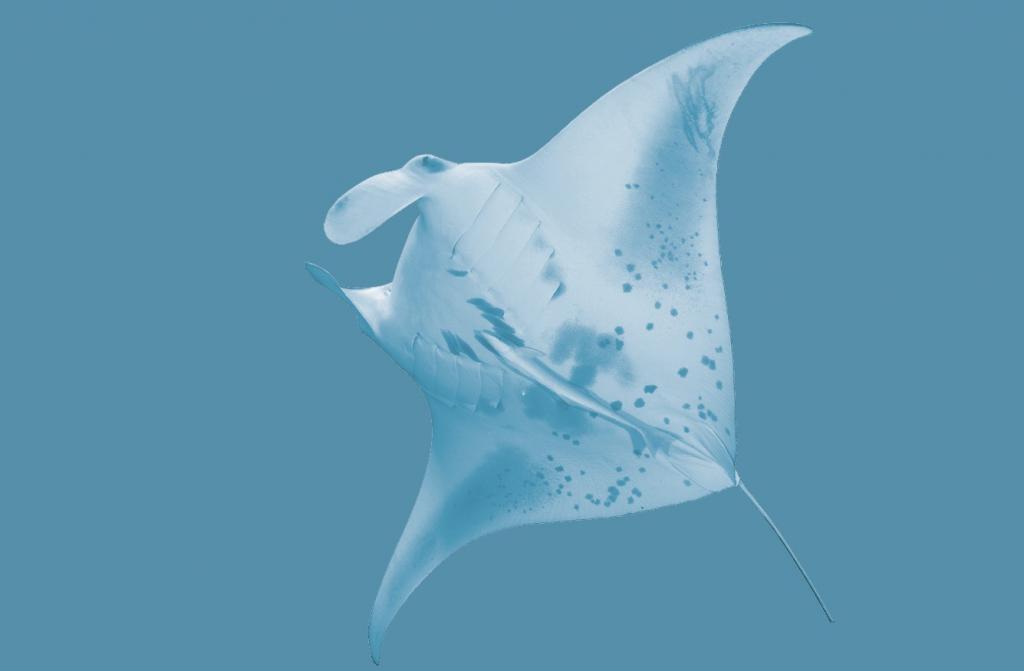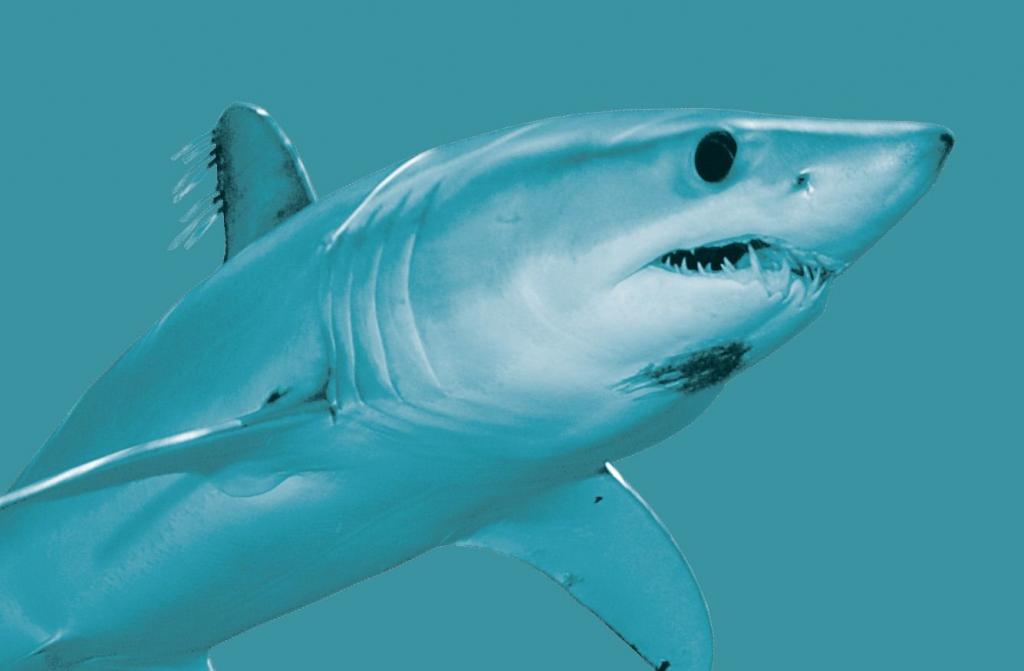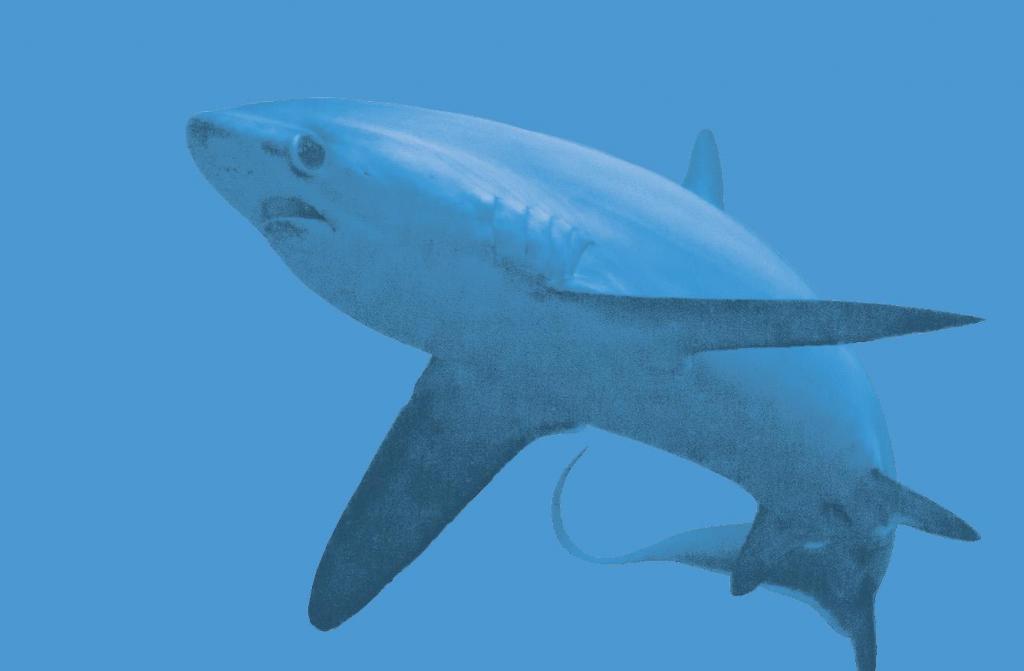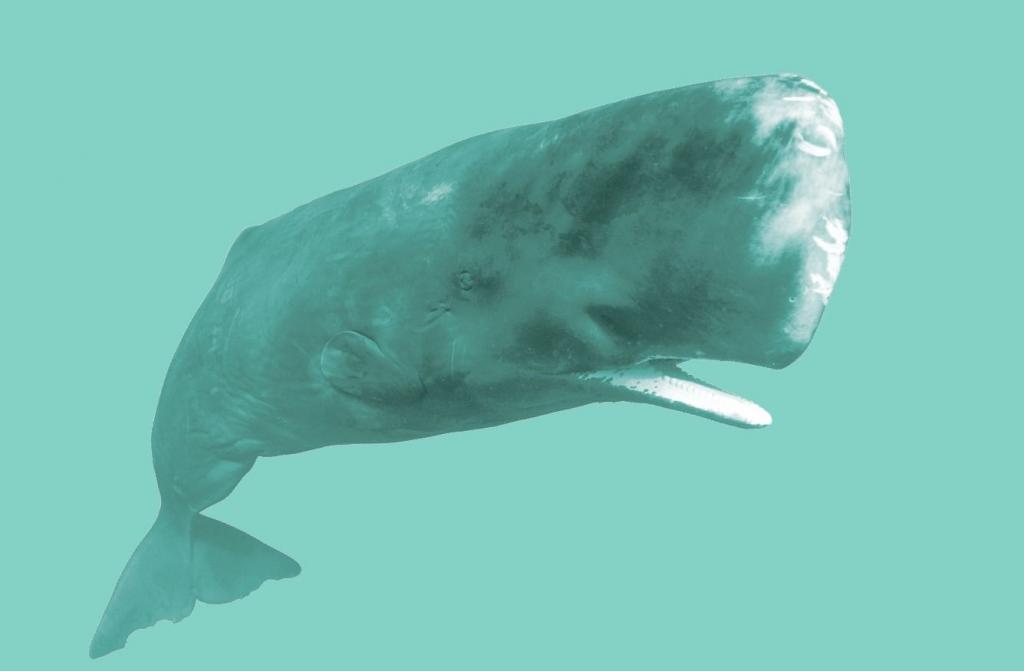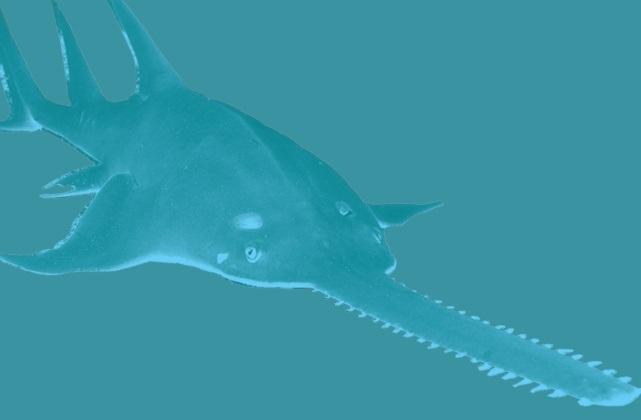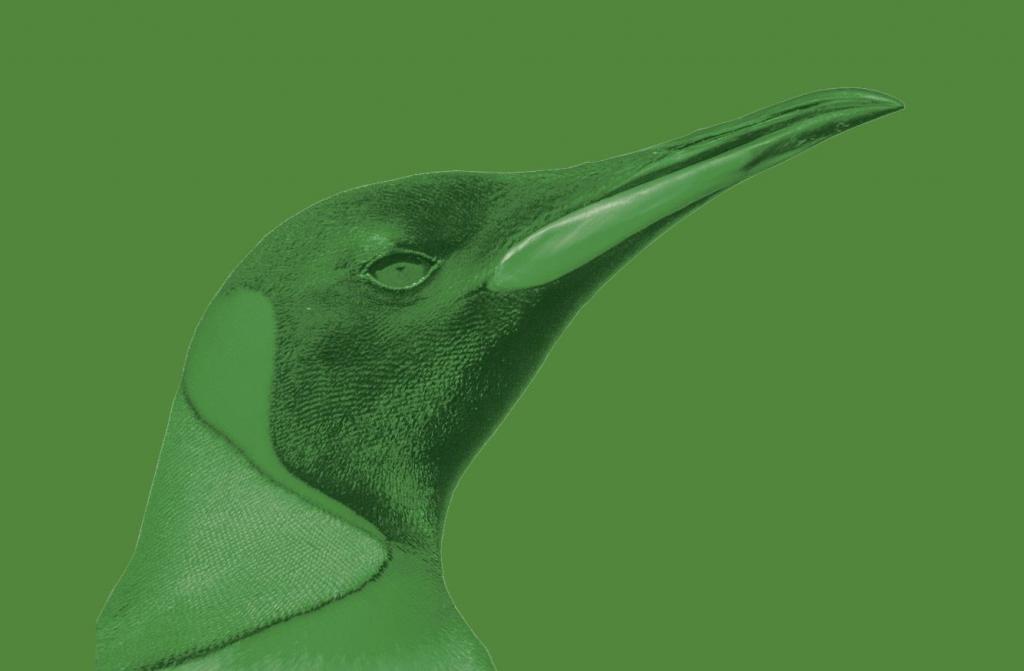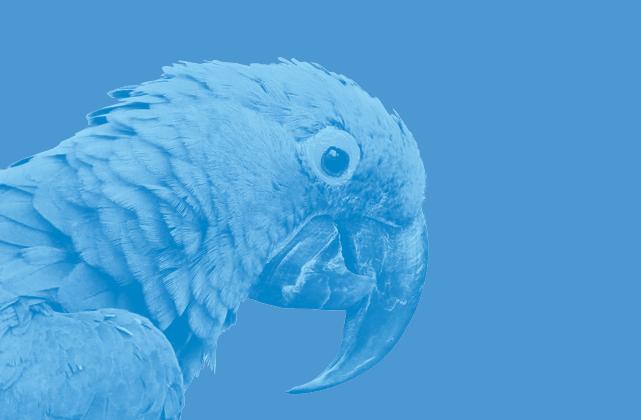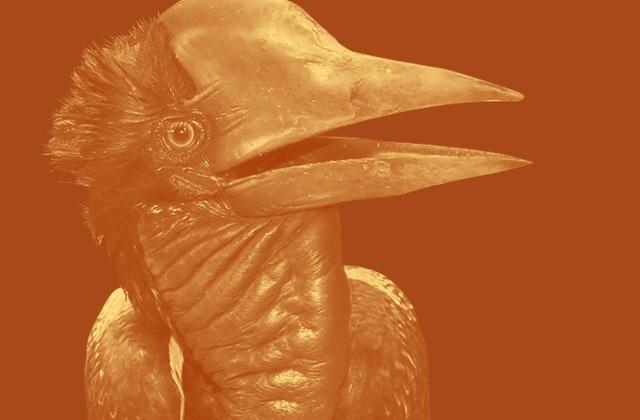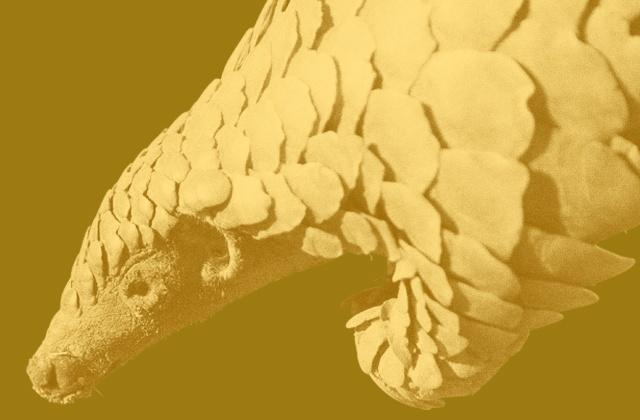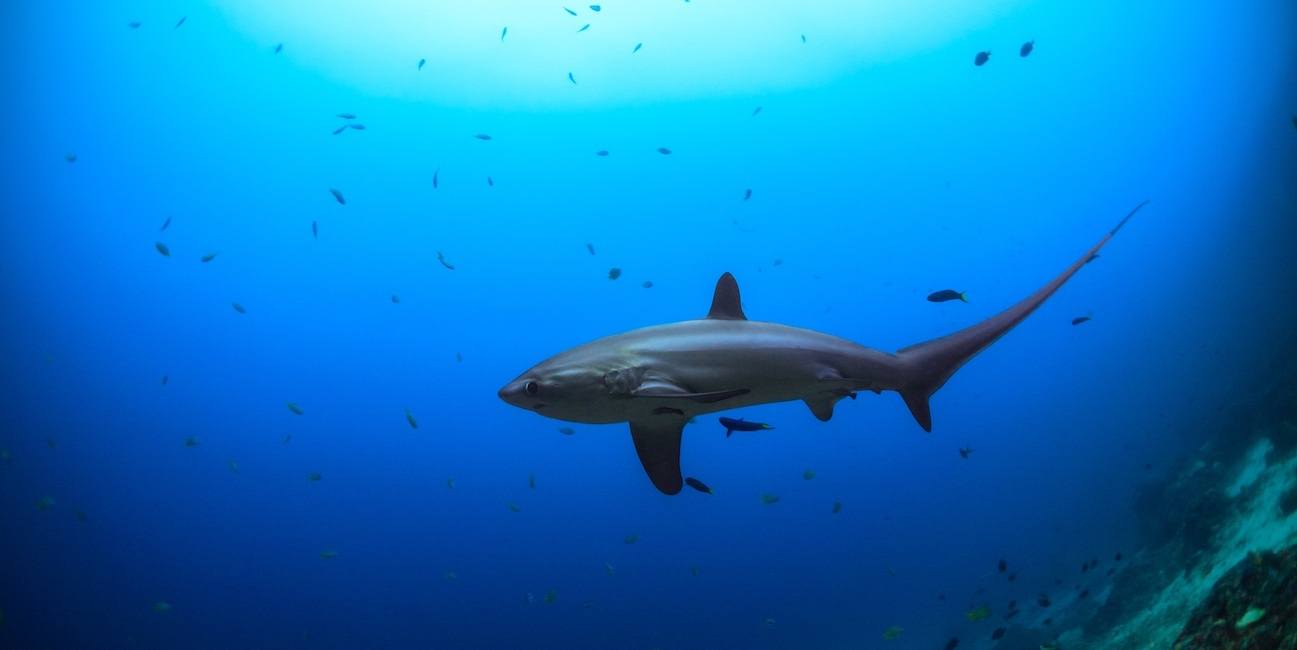
Thresher Shark
Thresher sharks are easily recognizable by their “weaponised” caudal fin, which can be as long as their body, up to 20 feet (6 meters). During a hunt, the sharks swim close to a school of fish and then abruptly break, which causes their caudal fin to flick over the body into the school, at an average speed of over 30 miles per hour, stunning and killing the fish. The Thresher can then eat at its leisure.
WHERE THEY ARE FOUND
Three thresher shark species have been recognised. They are found in warm and temperate offshore waters worldwide.
WHY THEY ARE IMPORTANT
As top predators, thresher sharks help manage healthy marine ecosystems. They feed on animals below them in the food chain, and thus manage the population size of their prey. Sharks also influence the behaviour of their prey species, including activity level and habitat use. Ultimately, they prevent one species from monopolising limited resources and are therefore crucial for the balance of a complex and diverse marine ecosystem.
HOW THEY ARE THREATENED
Like all large sharks, threshers reproduce slowly, which makes them very vulnerable to overfishing. They are hunted for their meat, liver oil, skin, and fins (for use in shark-fin soup). Thresher sharks hunt sardines opportunistically by day and night, which makes them vulnerable to fishing operations. Only every third of their strikes are successful, so as habitats where prey like sardines can aggregate become fewer and further between, predators will suffer the consequences. In some countries, they are also targeted by recreational anglers.
Like many seabirds, turtles, marine mammals, and fish, thresher sharks ingest the (micro)plastics that is polluting our oceans. The rising temperature and acidity of our oceans negatively affects the shark’s physiology and changes the distribution and abundance of their prey.
CITES Listing: Thresher sharks are listed under Appendix II, which means that trade in them is controlled to avoid utilization incompatible with their survival.
HOW YOU CAN HELP
Avoid consuming or buying any products that contain shark. Since commercial fishing reduces the sharks’ food and because many sharks are killed as by-catch, reducing your seafood consumption and only buying sustainably sourced seafood is also crucial. You can also put pressure on your government to make shark fishing illegal. Furthermore, plastic pollution in our oceans kills many sharks per year, so reducing, reusing, and recycling the single-use plastic products you buy is very important. You should also reduce your carbon footprint. Lastly, you can spread the word and encourage your friends and family to do the same, and to advocate for protected areas for all shark species!
Fastest miles per hour speed recorded for a thresher shark tail slap (128 kph)
